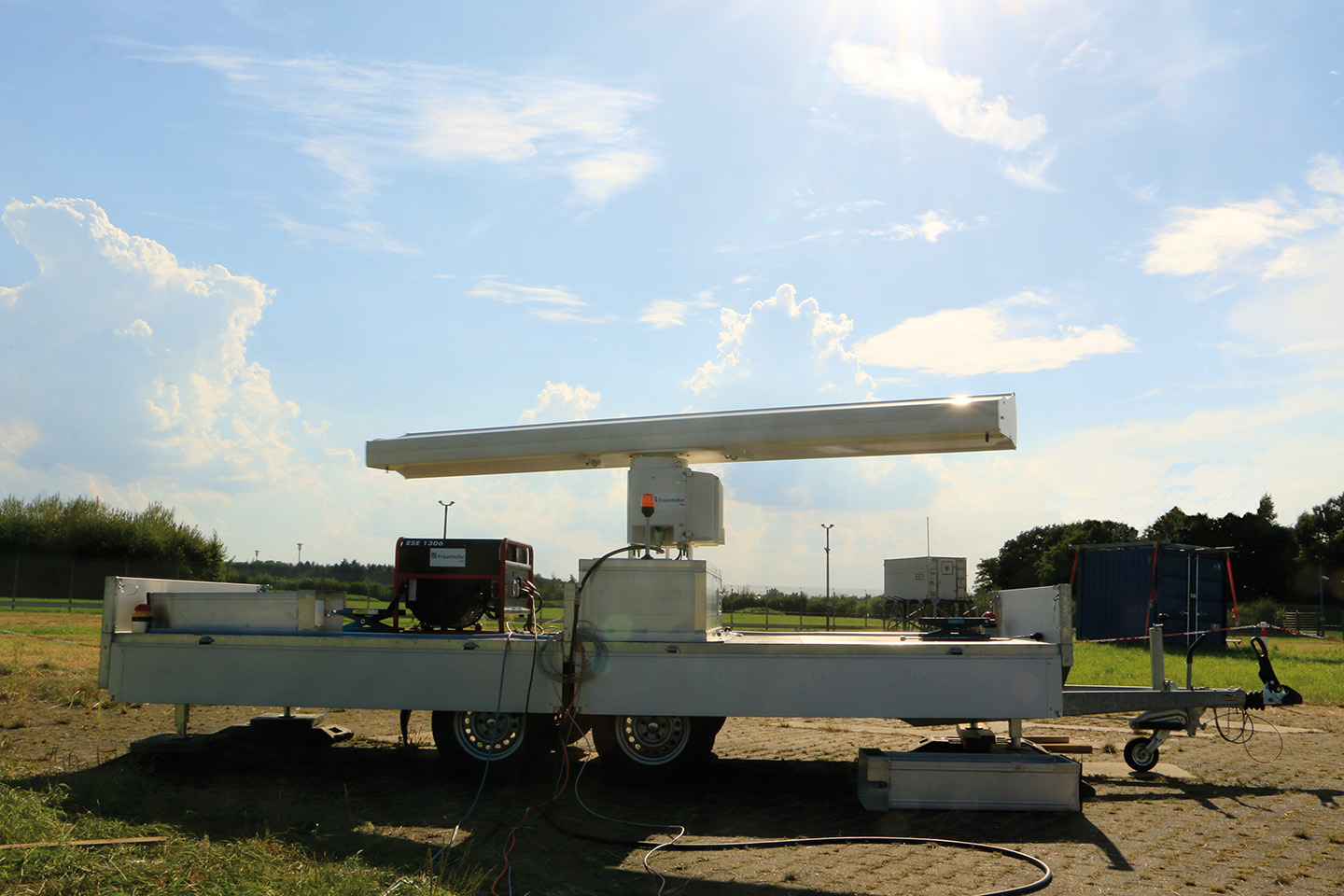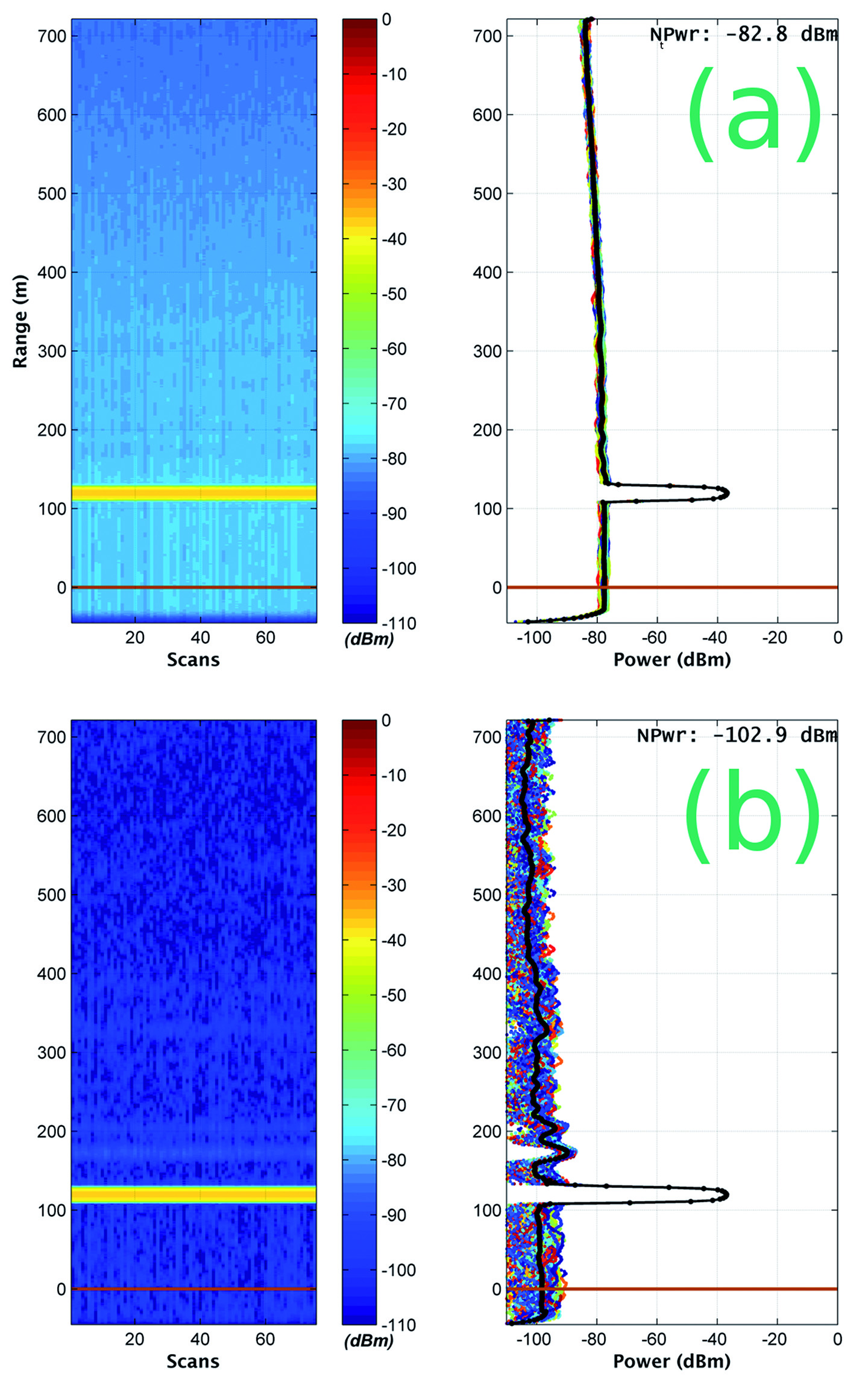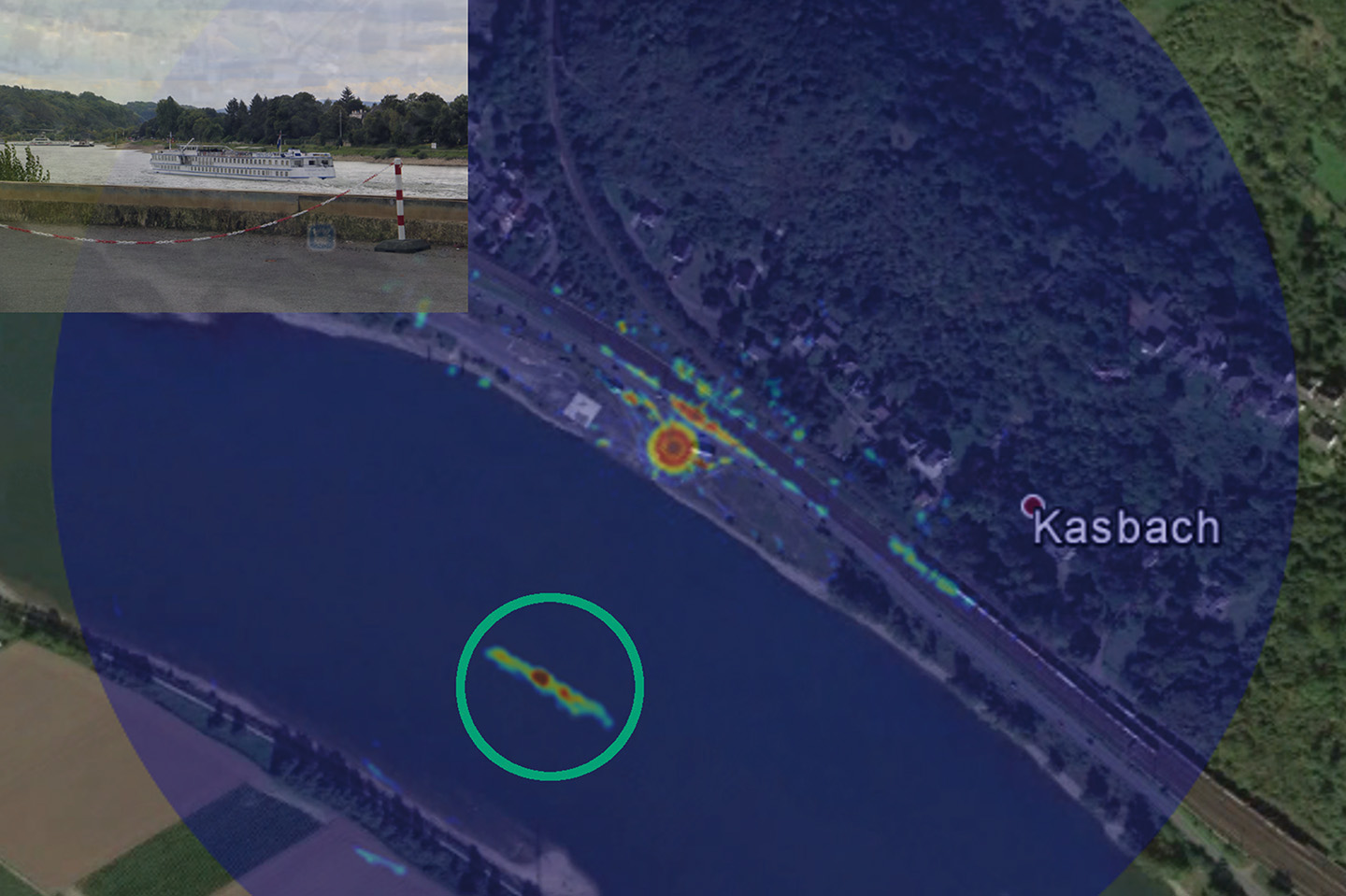Demonstration of a solid-state radar for maritime navigation



Maritime areas cover 71% of the Earth's surface and carry over 90% of the world’s trade, resulting in a need for dependable sensing capabilities as a tool for the safety and the international coexistence of maritime activities. For this reason, Fraunhofer FHR has undertaken investigations to further develop radar technologies for maritime navigation.
Especially in non-cooperative situations or in case of emergency, maritime situational awareness is mostly depending on remote sensing technologies. In particular, maritime radar is a fundamental tool to gain real-time awareness of the surrounding of a vessel and thereby improve safety on the high seas.
Particularly in the context of long-range S-band radars, legacy architectures based on magnetrons are still largely adopted. While time-tested and reliable, these units are normally based on incoherent processing of magnetron pulses (with emissions on the order of tens of Kilowatts) and require yearly maintenance. Solid-state power amplifiers, on the other hand, allow generation of waveforms with a known phase, granting more effective signal processing and therefore lower emission levels.
To showcase the suitability of the solid-state approach, a new S-band portable radar demonstrator has been developed. The challenge in setting up an S-band field-ready demonstrator essentially lies in the operational frequency and the required angular resolution. Working at 3 GHz implies dealing with notable antenna size and weight, which in turn scales up the logistic and safety aspects. With an antenna weight of 260 kg (a commercial 12 foot slotted waveguide scanner plus gear-box) and the need for an electro generator (about 150 kg) using a trailer has been identified as the most practical solution (Fig. 1).
Aiming at validating within actual operating conditions multiple hardware choices and different processing strategies, the current prototype features a coherent zero-IF architecture with modular and reconfigurable processing chain. Although depending on specific calibration techniques to prevent sensitivity losses due to impairments among baseband channels, direct conversion can benefit from higher waveform oversampling without requiring a costly and power-hungry Gigasample Analog-to-Digital Converter. The digital core is based on a novel System-on-Chip solution (Xilinx Zynq SoC) providing into the same dice both Field-Programmable Gate Array logic blocks and processing cores. Receiver side, after protection stages, low-noise amplification and anti-alias filtering, the baseband waveforms are sampled and uploaded to a mainstream computer for data processing, visualization and storing.
Hardware-level waveform aggregation strategies aiming at improving the receiver sensitivity have been applied. Specifically, the polarity of the emitted waveform is alternately switched per each consecutive scan. Since the receiver electronics distortion floor is (at first approximation) independent from the waveform polarity (unlike targets and clutter returns) most of the floor will be notably lowered by digital sign compensation and summation of the scan pairs (a technique known as antipodal modulation, Fig. 2).
A few pairs of polarity compensated scans are then averaged. This short-term aggregation provides a first improvement over thermal noise and favors the effectiveness of the following stages. Noise shaping is performed on the oversampled waveform via low-pass filtering. A decimation stage performs then data reduction according to the waveform Nyquist frequency without loss of information. Resulting samples are finally averaged to generate the represented echoes for any given azimuth or to serve as input for a Doppler processor.
In August 2016 an experimental campaign took place in Kasbach to detect cargo vessels on duty along the Rhein River. Since a very limited transmit power of about two Watts was available, a short-range mode has been selected to generate radar maps up to about 500 meters. Both noise filtering and antipodal modulation proved to be essential processing steps to improve data quality. A final processor output superimposed to the location map is shown (Fig. 3). Targets and environmental features can be clearly identified. Clutter returns (vegetation and road echoes) have not been masked and are correctly geo-located, including echoes from stationed train wagons to the West.
Based on this successful measurement campaign, the suitability of said solid-state radar demonstrator for maritime navigation has been verified. An engineered solution based on the use of a trailer has proved sufficient to handle the safety and logistic aspects implied in working at S-band. A concept of scan framing has been investigated to implement techniques (like the antipodal modulation) able to notably improve the sensitivity floor. Novel approaches to signal and data processing have been showcased, including a real-time SoC digital engine as the foundation of a hardware-defined radar. Further developments are planned for the near future to improve radar performance and information processing capability.